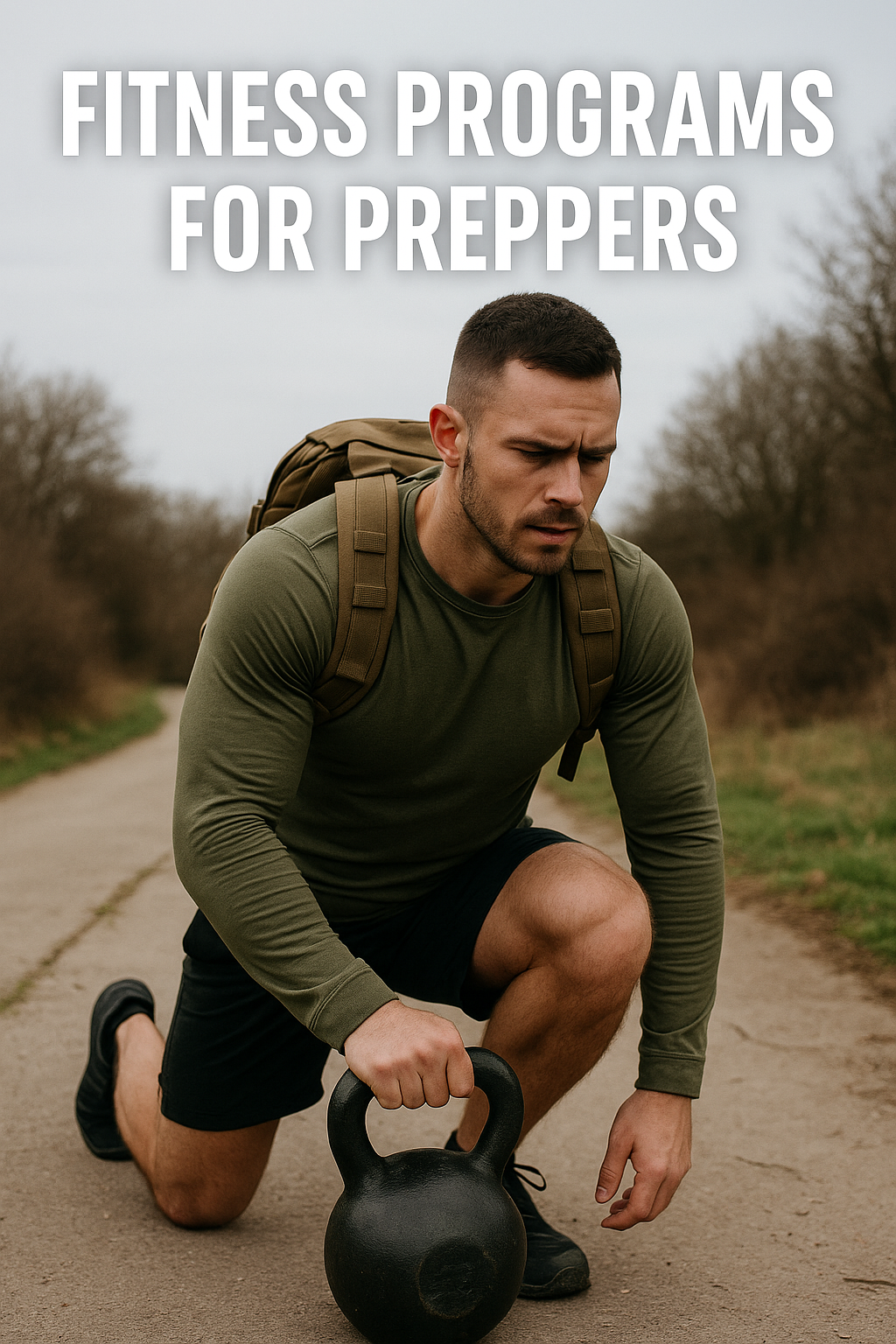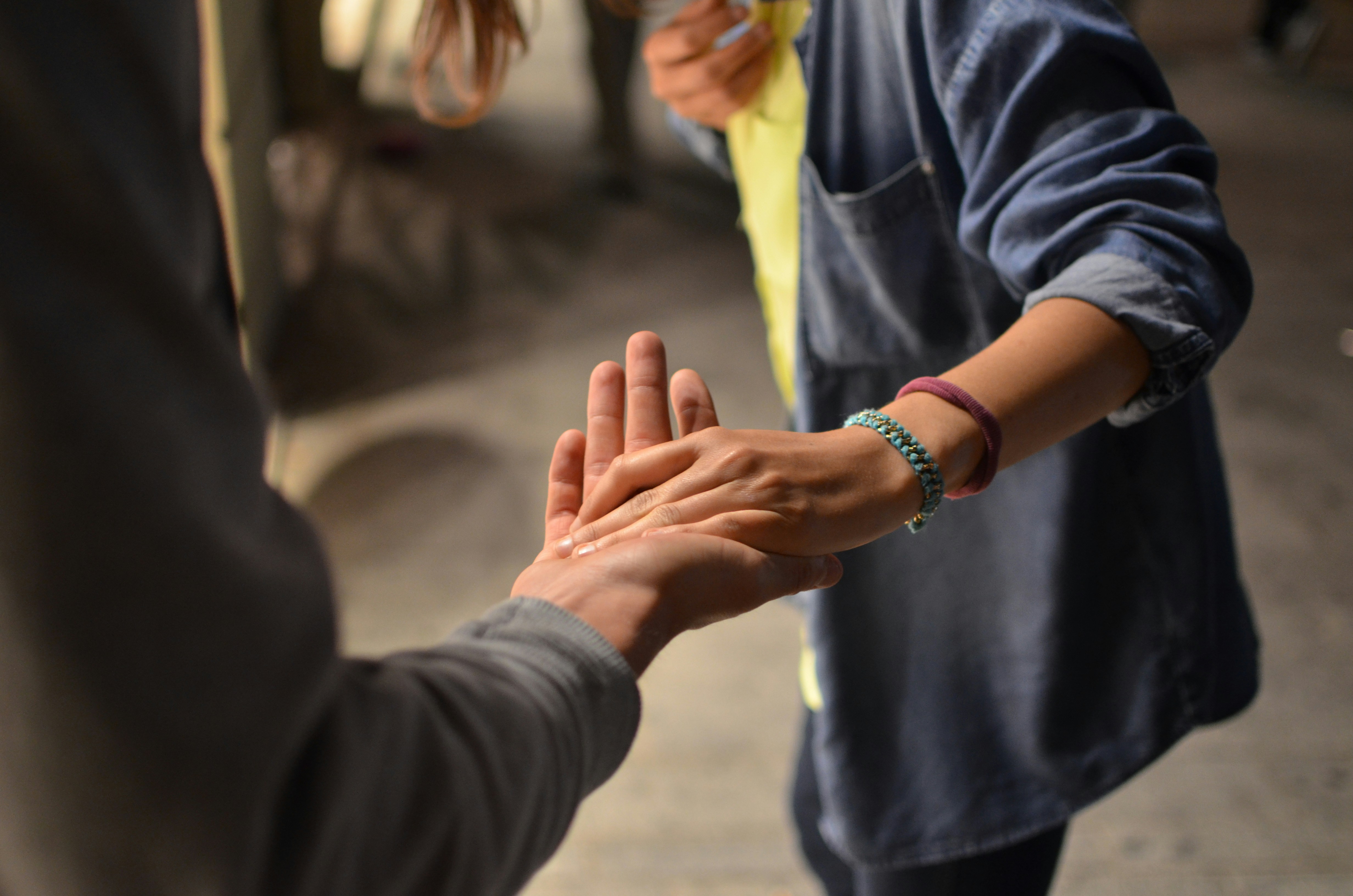Concealment and disguise are crucial elements of emergency preparedness, especially when you need to keep yourself, your loved ones, or your supplies safe from potential threats. While professional gear and gadgets can be useful, there are many DIY methods you can employ using common household items or easily accessible materials. Here, we’ll explore some practical tips and tricks for creating effective concealment and disguise solutions.
Personal Disguise Techniques:
- Clothing Alterations: Modify your clothing to make it less conspicuous. Use natural colors that blend with the environment, and avoid logos or bright patterns. Adding patches, mud, or artificial wear can help you blend in with a crowd or the surroundings.
- Ad Hoc Disguises: In a pinch, you can use items like glasses, hats, scarves, and changes in posture or gait to alter your appearance. Facial hair can be either grown or fabricated from materials like wool or yarn.
- Disguising Gear: If you’re carrying a backpack or other gear, cover it with natural materials like leaves or dirt to blend in with the terrain. You can also use a coat of mud or paint to alter the color and reduce reflections.
- Makeup and Face Paint: For more intricate disguises, use makeup, face paint, or even ash to alter your facial features. Camouflage is not only for the military; it can also be a useful tool in hiding from potential threats.
Concealment for Supplies and Shelters:
- Natural Camouflage: Use branches, leaves, grass, and other natural materials to cover tents, tarps, or supply caches. Ensure that the camouflage is layered and irregular to avoid obvious patterns that might give away the location.
- False Containers: Hide supplies inside of items that would not attract attention. An old appliance in the yard, for instance, could serve as a cache for emergency supplies.
- Buried Supplies: Burying supplies can protect them from both the elements and from discovery. Use waterproof containers, and consider placing a discreet marker to help you find the location later.
- Deceptive Labeling: Mark your supply containers with misleading labels that suggest they contain something benign or undesirable. For example, a bucket labeled as “Compost” may be overlooked by someone searching for food or valuables.
- Interior Concealment: Inside your home, use false bottoms in drawers, hollowed-out books, or concealed compartments behind removable baseboards to hide important items.
Situational Adaptations:
- Change of Scenery: If you need to remain invisible in a particular area, it is helpful to consistently change your position and appearance to avoid being tracked or becoming a fixture in the landscape.
- Silhouettes and Shadows: Be mindful of your silhouette against different backgrounds. Avoid standing in doorways or on hilltops where your outline may be easily spotted, and use the shadows to your advantage.
- Light Discipline: At night, light is your enemy when trying to remain concealed. Use blackout curtains, dim flashlights covered with red cellophane, and only use light when absolutely necessary.
- Noise Discipline: Sound can give away your position. Walk softly, use hand signals when possible, and avoid talking loudly or creating noise that can draw attention.
- Traffic Patterns: Avoid establishing obvious paths to and from your shelter or supply cache that could lead someone to your location. Always take different routes when entering or exiting a concealed area.
Remember, the key to effective concealment and disguise is to anticipate what others might look for and think two steps ahead. Clever use of materials and a good understanding of your environment are critical components. Moreover, practicing these skills prior to an emergency situation will ensure that if the time comes, you’ll be ready to employ these techniques efficiently and effectively.
Emergency preparedness is not just about having the supplies on hand; it’s about being able to protect those supplies and yourself. Through creativity and thoughtful planning, DIY concealment and disguise methods can significantly enhance your emergency preparedness strategy.









